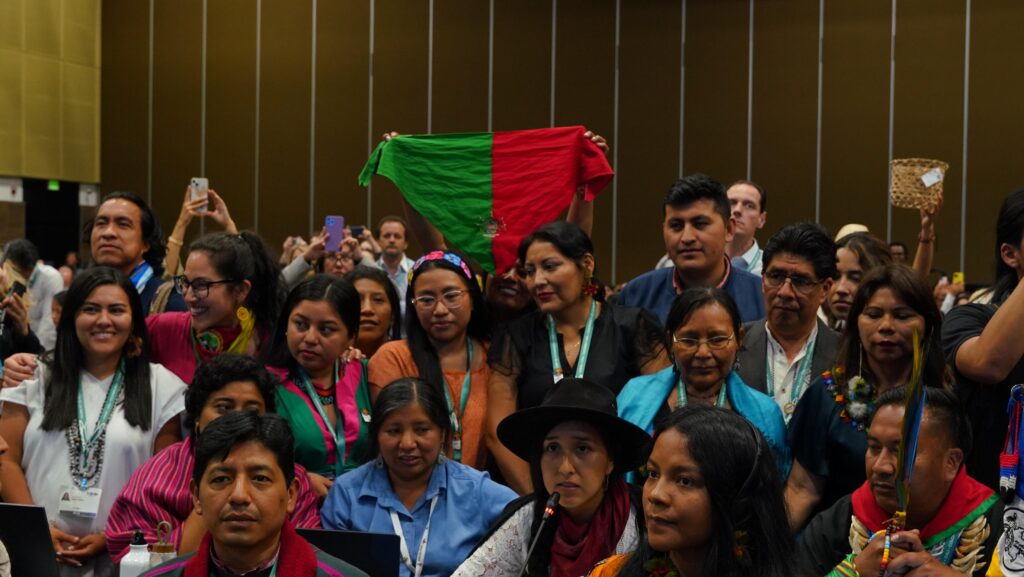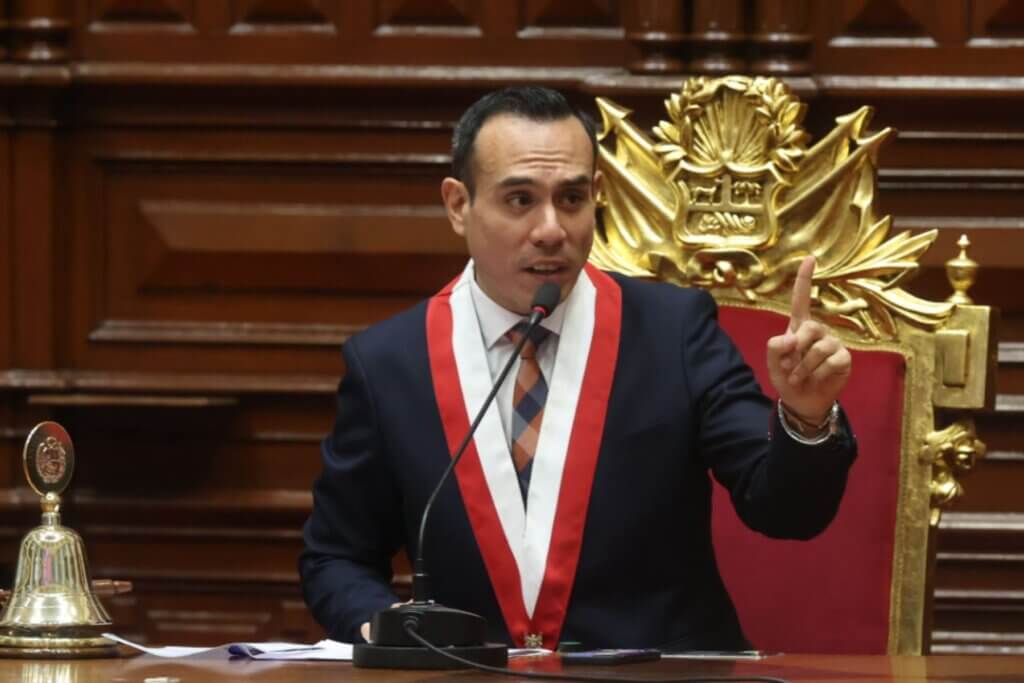One person has died after a 6.1 magnitude earthquake hit Peru on Sunday.
The earthquake struck off Peru’s central coast, with its effects felt in the capital Lima and the port city of Callao.
Local police said that the individual who died was a 36-year-old man who was “standing outside his vehicle waiting for a passenger,” when part of a building under construction fell on his head.
Seventeen other people are reported to have been injured by the earthquake, with seven healthcare centers affected too. The country’s Center for National Emergency Operations (COEN) also reported that homes in the district of Mi Perú had collapsed.
Footage has shown damaged vehicles, buildings, billboards, and debris-lined streets. Electricity networks and telephone lines have also been affected, according to CNN.
A professional soccer match at the Alberto Gallardo Stadium in Lima was also interrupted, while attendees of a mass at Lima’s cathedral were filmed evacuating the scene.
COEN issued a statement in response to the earthquake, recalling the order in which the events unfolded.
According to the statement, the earthquake struck at 11:35 a.m., and the COEN subsequently issued an online warning at 11:44 a.m., containing information about the magnitude and the location of the event, as well as the time at which it occurred.
Fifteen minutes later, the Navy’s Directorate of Hydrography and Navigation (DIHIDRONAV) confirmed that the earthquake had not created a tsunami.
At 12:12 p.m., an aftershock of 3.6 magnitude was reported in Callao.
In the statement, COEN confirmed that it was working with other government entities to “monitor the situation” and to “provide official and verified information to the public.”
President Dina Boluarte has reportedly traveled to Callao, “to continue monitoring” the situation.
However, she has received criticism for her government’s response to the disaster. TV channel América Televisión claimed that, while visiting the affected district of Barranco, Boluarte only stayed at the site for about 20 seconds before leaving. The only media channel she reportedly agreed to speak to was state media organization TVPerú.
Other Peruvians have condemned the fact they did not receive a warning ahead of the earthquake, criticizing the state’s Emergency Early Warning Messaging System (SISMATE).
The president of the Geophysical Institute of Peru (IGP), Hernando Tavera, has explained that SISMATE is not designed to be a “seismic alert system,” but rather “a messaging platform for the distribution of information.” He continued: “It does not sound alarms or make noises before an earthquake. It only transmits messages once an emergency occurs.”
He claimed that Peruvian citizens have misinterpreted the purpose of the tool, adding: “SISMATE is not designed to give warnings prior to a telluric movement.”
The Peruvian Seismic Alert System (SASPe) has also come under scrutiny, as it was not activated by the earthquake and thus did not issue users with an alert, according to Peruvian news site wapa. The system, which is approximately 70% complete and still in its implementation phase, was designed to detect significant seismic activity and to issue warnings between eight and ten seconds in advance.
Peru is located along the Ring of Fire: an active belt of volcanoes and seismic activity, including earthquakes. The Ring of Fire borders the Pacific Ocean, and comprises around 15 countries. These include the USA, Chile, Peru, Mexico, and Antarctica.
Featured image credit:
Image: Lima in 2009
Photographer: ^FLOYD^ on Flickr
Source: https://www.flickr.com/photos/29587152@N04/4028105960/
License: https://creativecommons.org/licenses/by/2.0/deed.en










